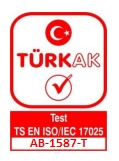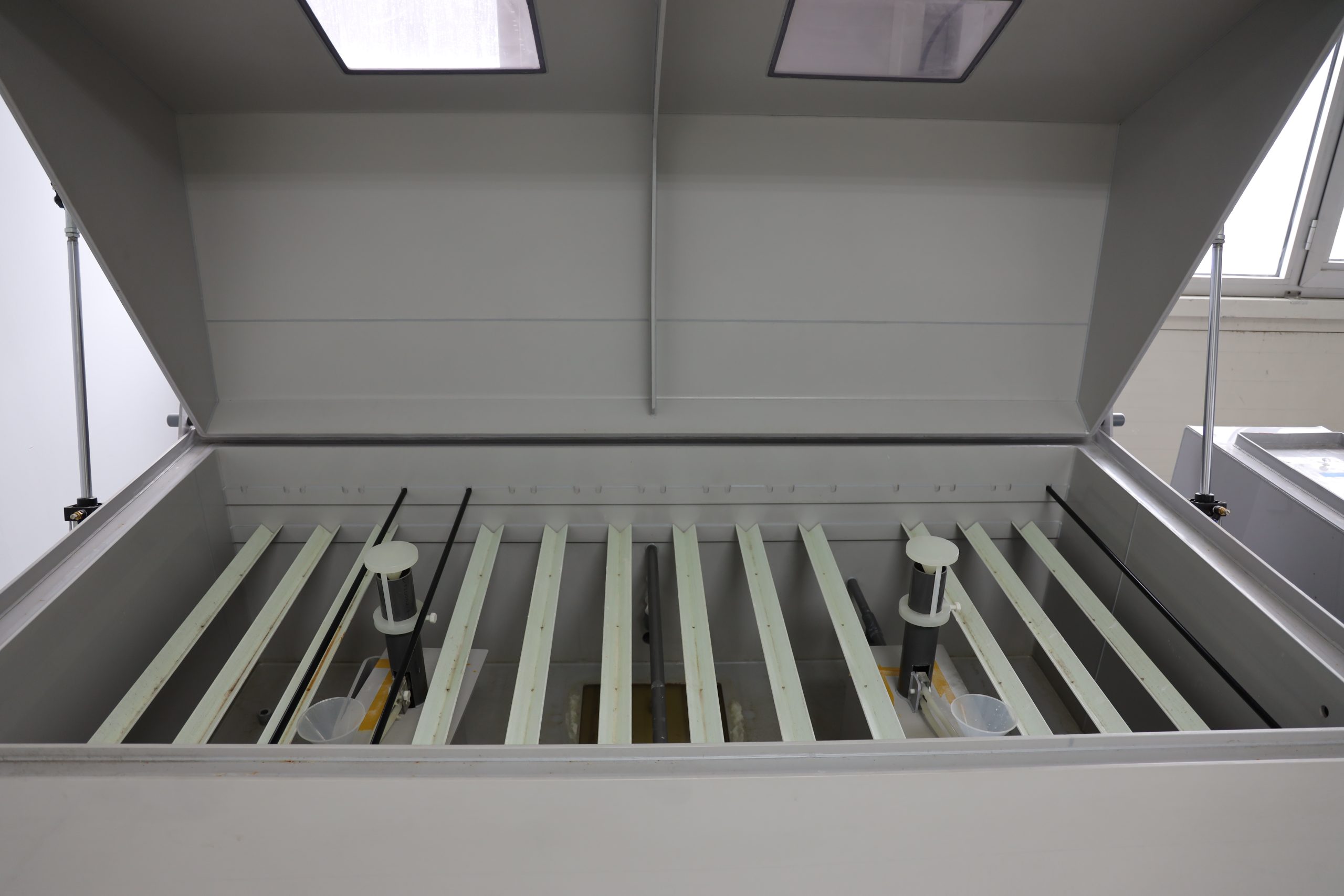Salt Fog Test
MIL-STD-810 F/G/H — RTCA DO 160 G

The salt fog method is applied to determine the storage of protective fog coatings and finishing materials. It can be used to determine whether salt folds are present on physical and porous parts.
The purpose of Method 509.5 is to evaluate the effectiveness of protective coatings and coatings on materials. All unprotected metal will corrode if not protected by a finish such as coating or paint. Finishes may also have holes or cracks that allow salt to reach the material underneath, causing corrosion. The method can also be applied to determine the effects of salt deposits on the physical and electrical aspects of the assembly.
The effects of a corrosive environment include:
- Corrosion effects such as electrochemical reaction, stress corrosion and formation of acidic/alkaline solutions
- Electrical effects such as degradation of electrical materials due to salt deposits, production of conductive coatings causing short circuits, and corrosion of insulating materials
- Physical effects such as clogging or binding of moving parts and blistering of paint as a result of underlying electrolysis.
In general, test samples from salt fog testing should not be used in other tests. If only one sample is available or if a sample must be reused for other tests, for timing reasons moisture and fungal growth testing should be done before the salt mist trial and sand and dust testing should be done after the salt mist trial.
Standards and Methods
- MIL-STD-810F Method 509.4
- MIL-STD-810G Method 509.5
- MIL-STD-810H Method 509.6

Enviromental Test Chamber Specifications
| Ölçü | Birim | |
| Width | 1200 | mm |
| Size | 1200 | mm |
| Height | 600 | mm |
| Humidity Change Range | %20 - %99 | RH |
CONTACT BY EMAIL
[email protected]
VOICE COMMUNICATION
+90 (312) 905 06 90

STANDART KONTROL VE TEST HİZMETLERİ A.Ş.
